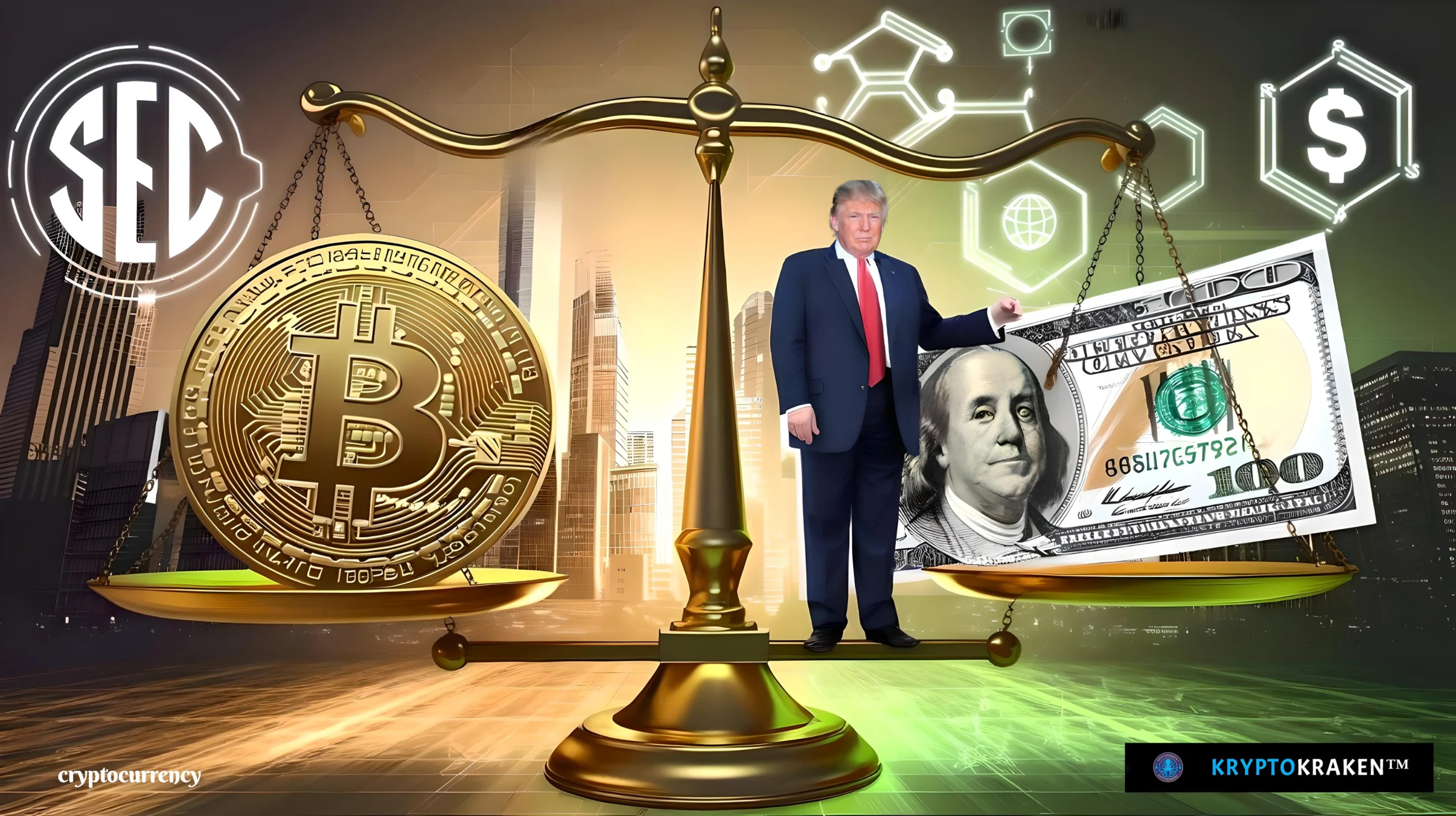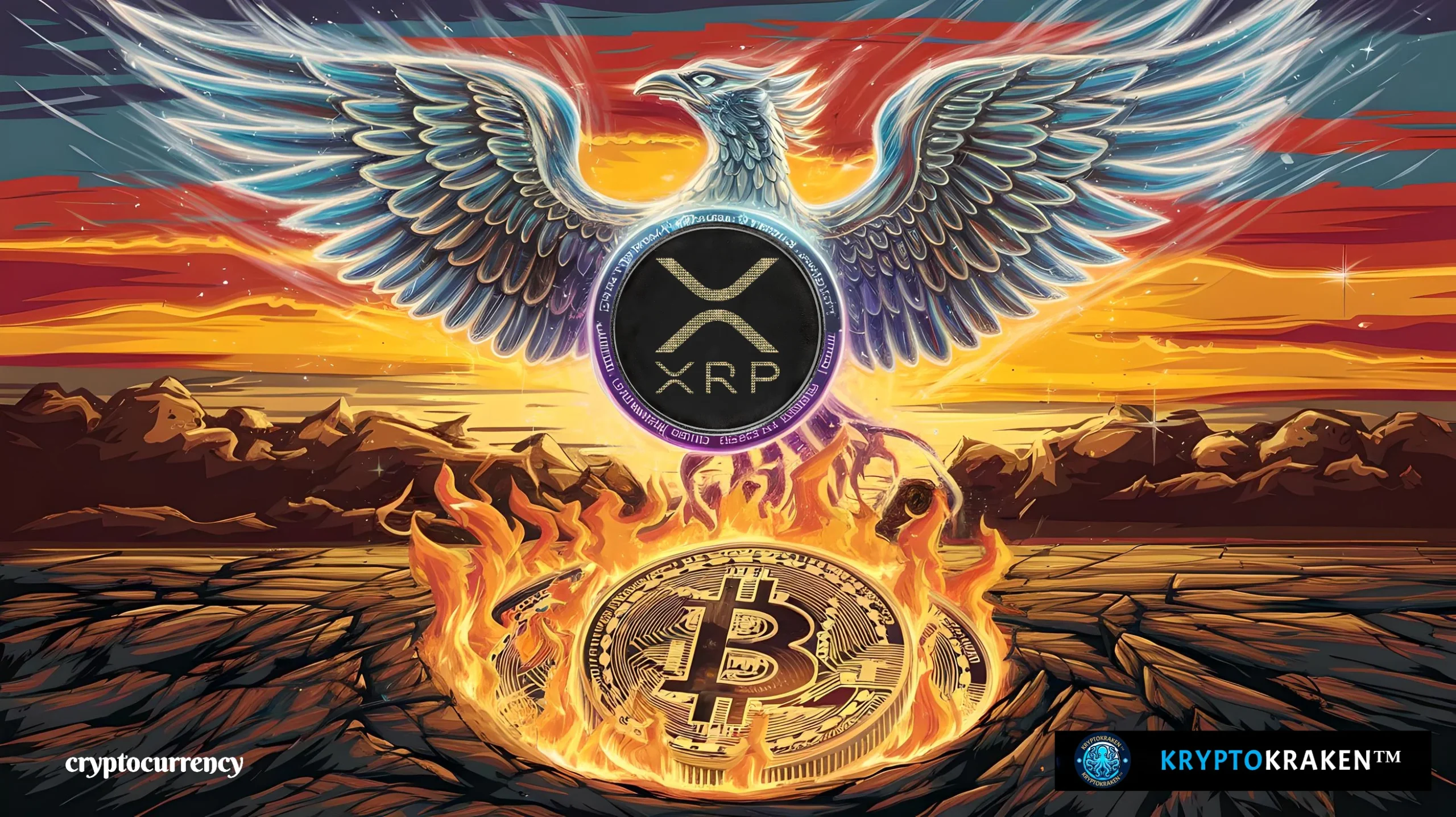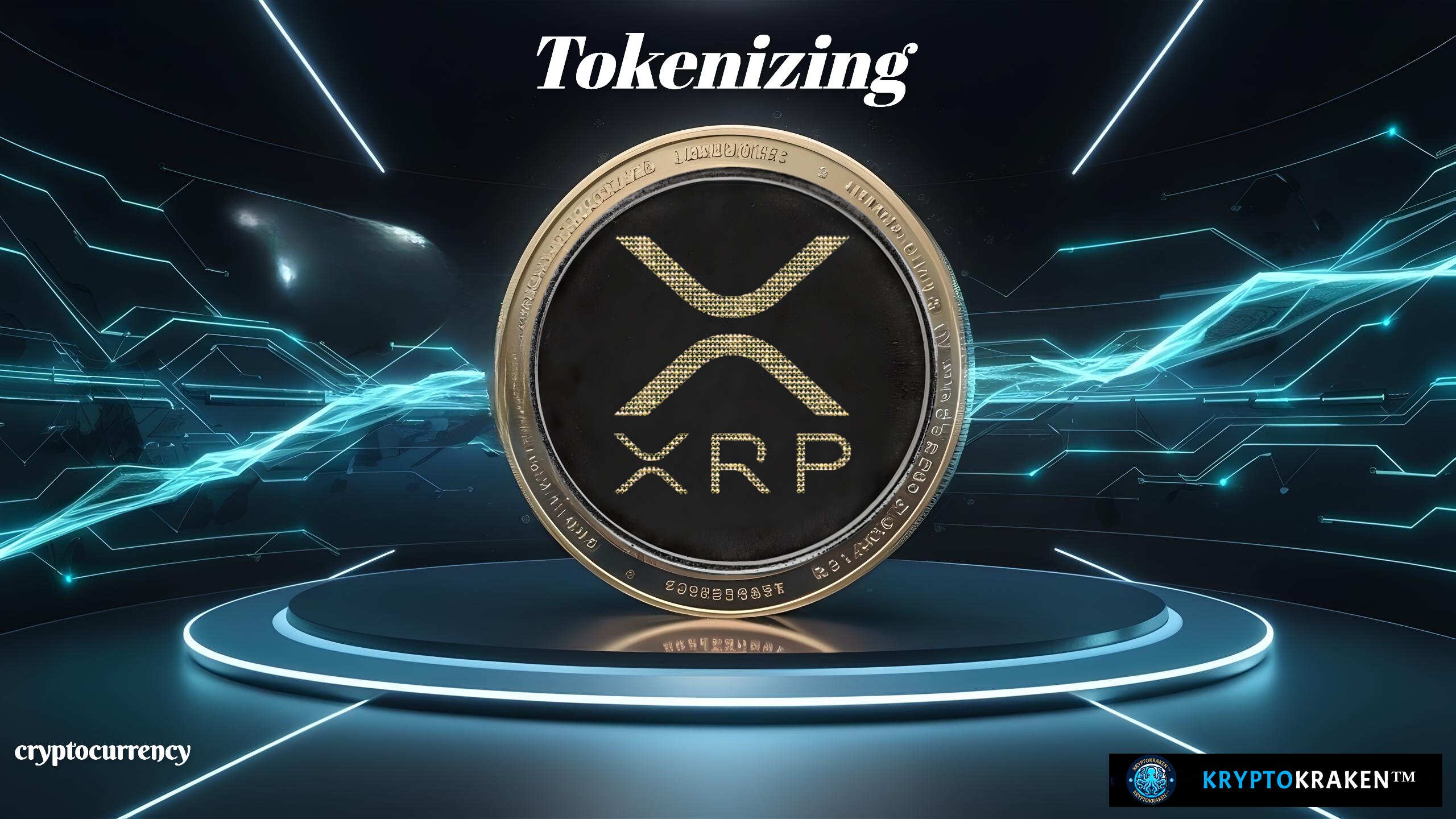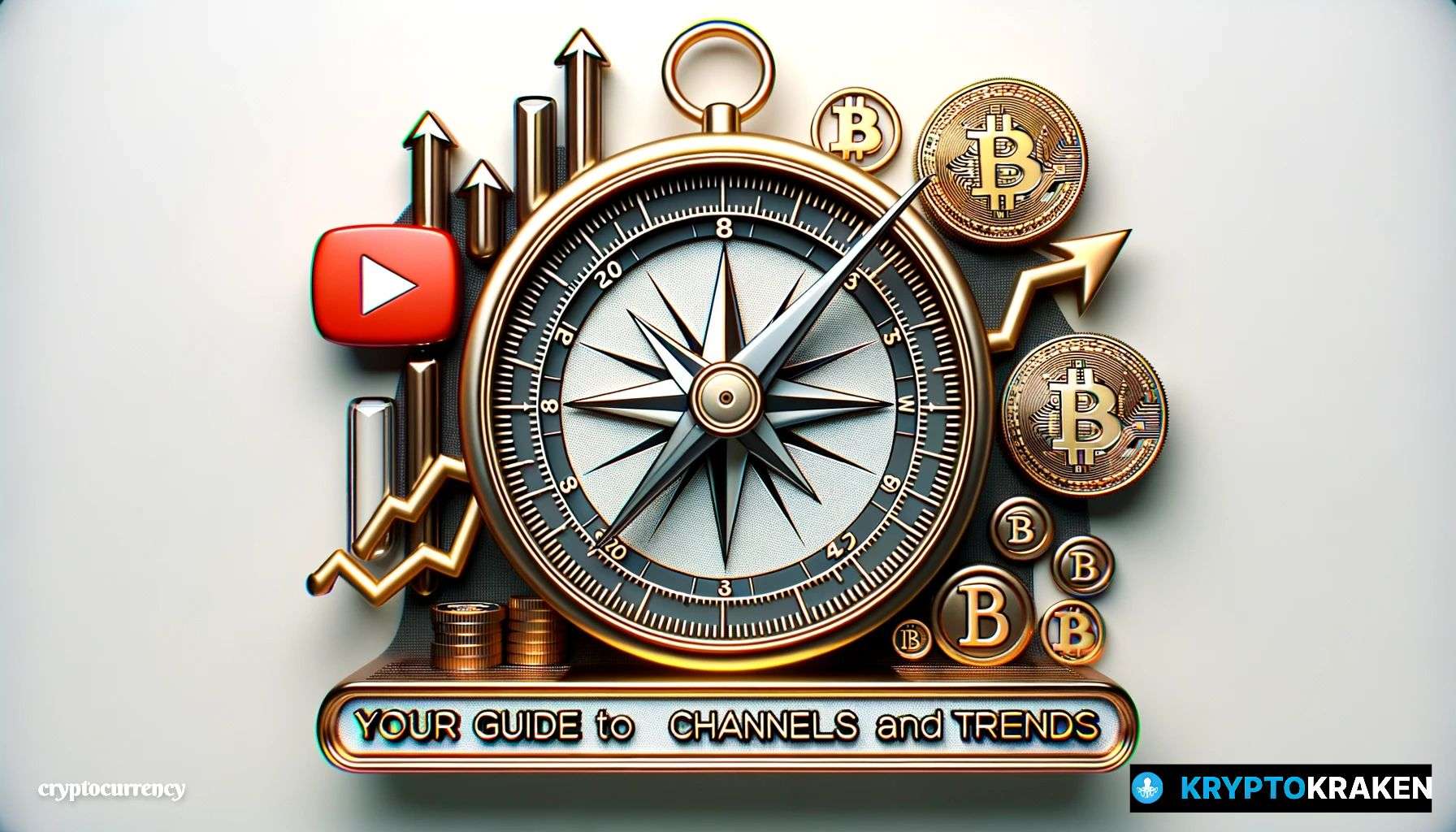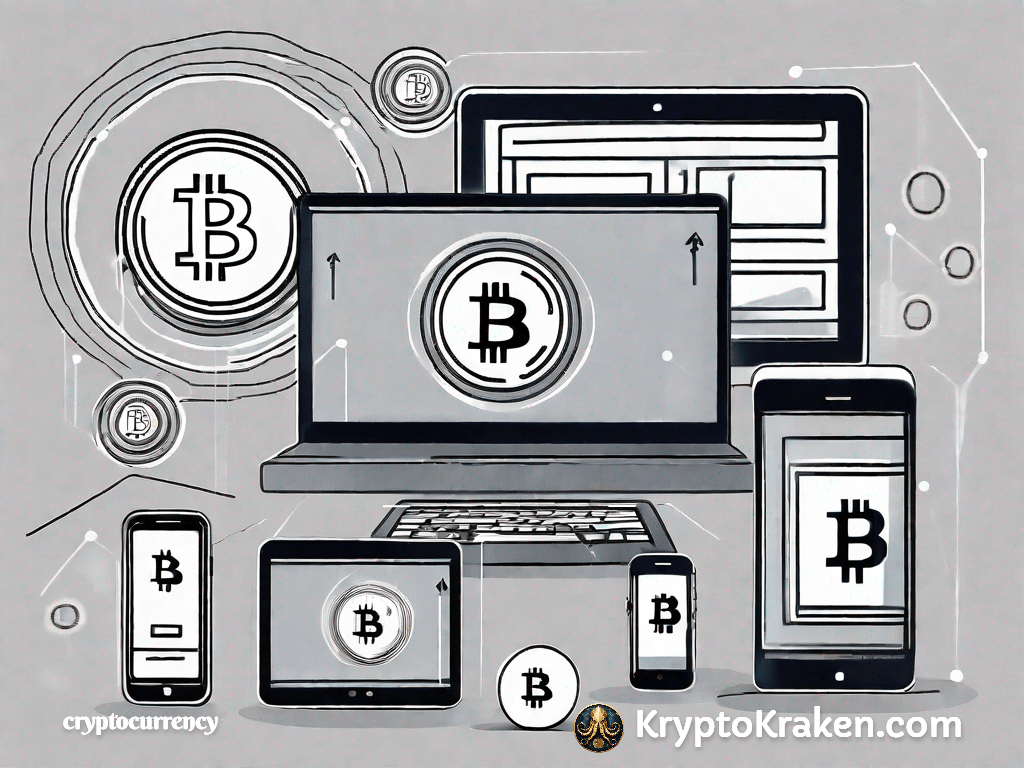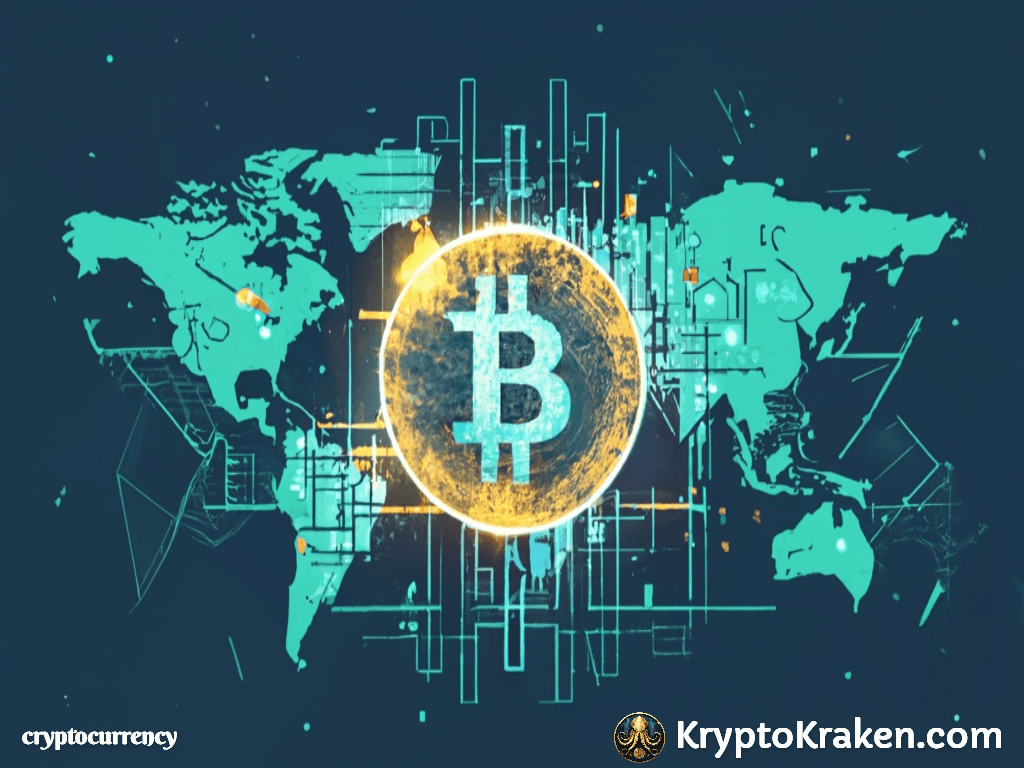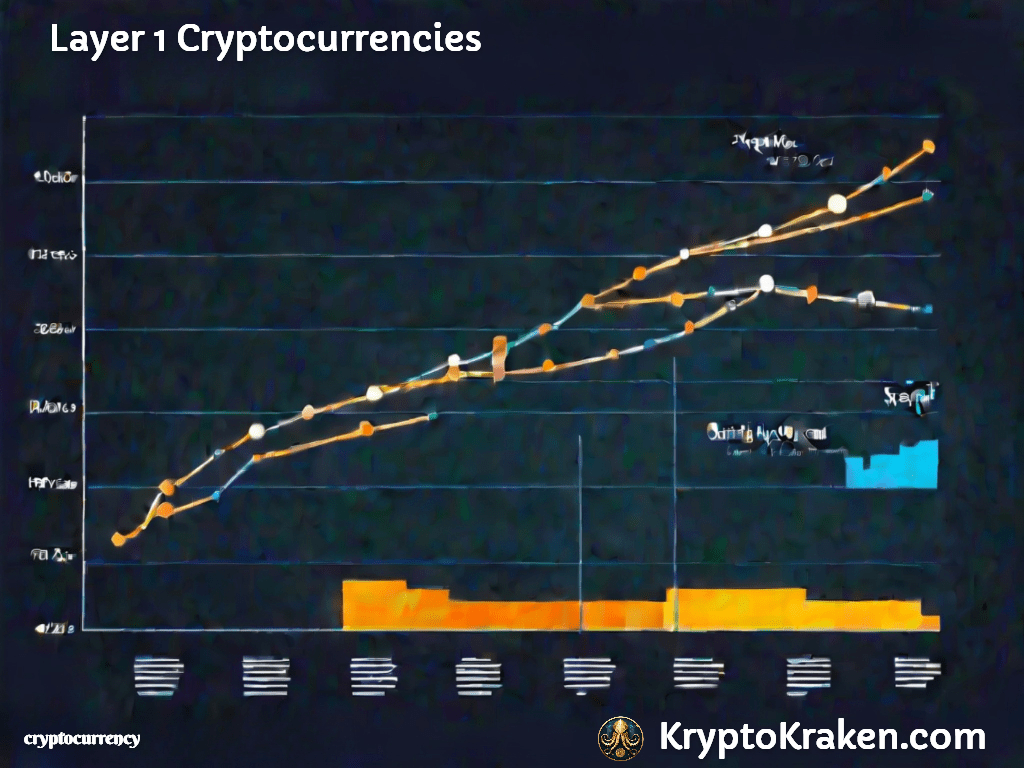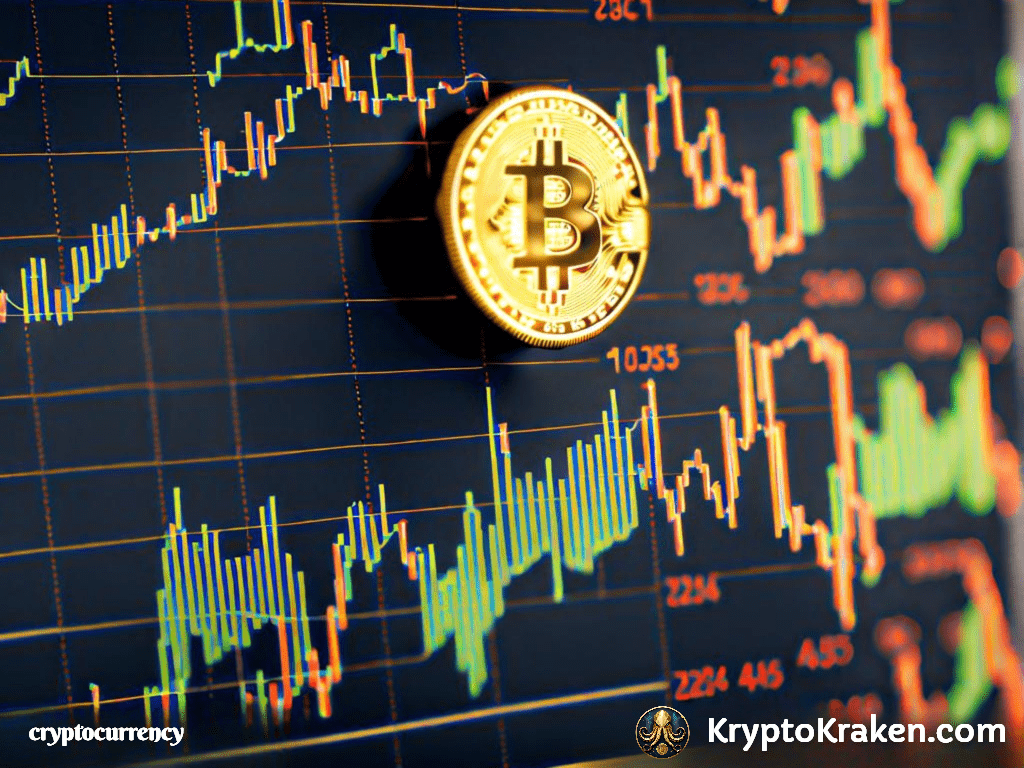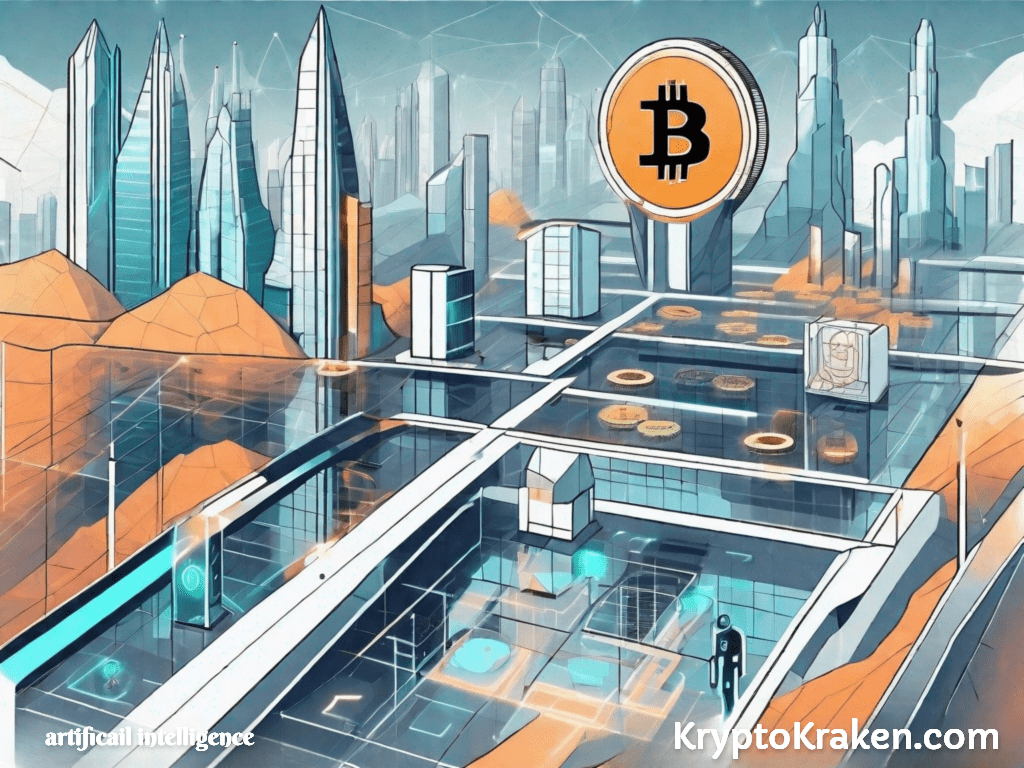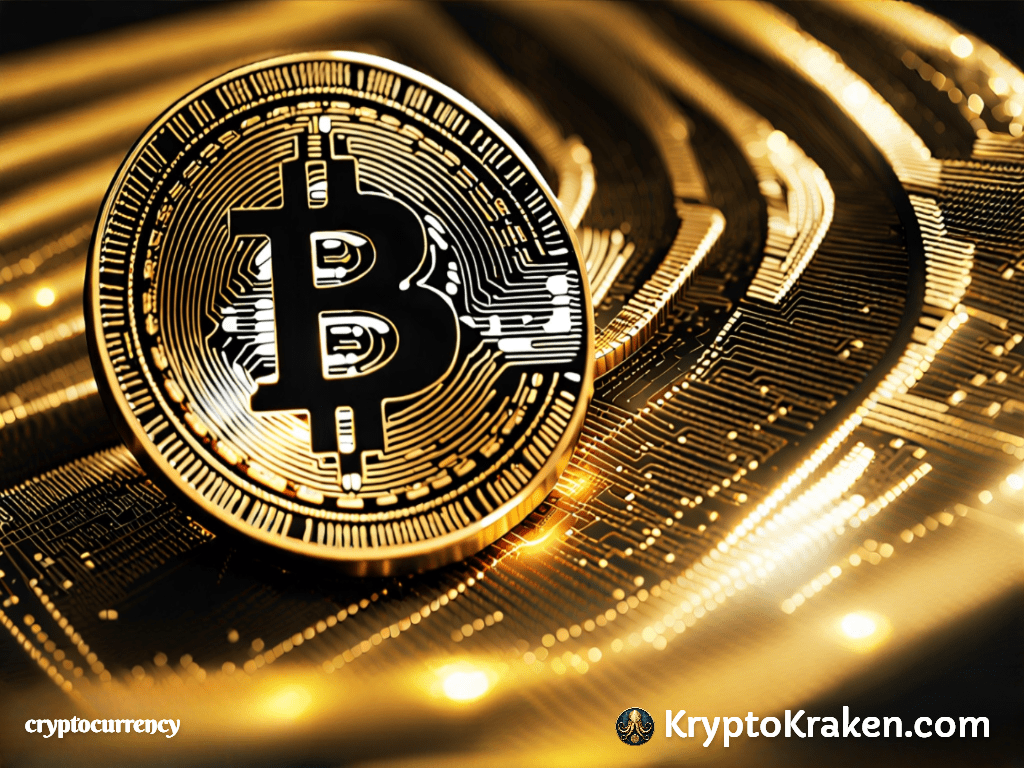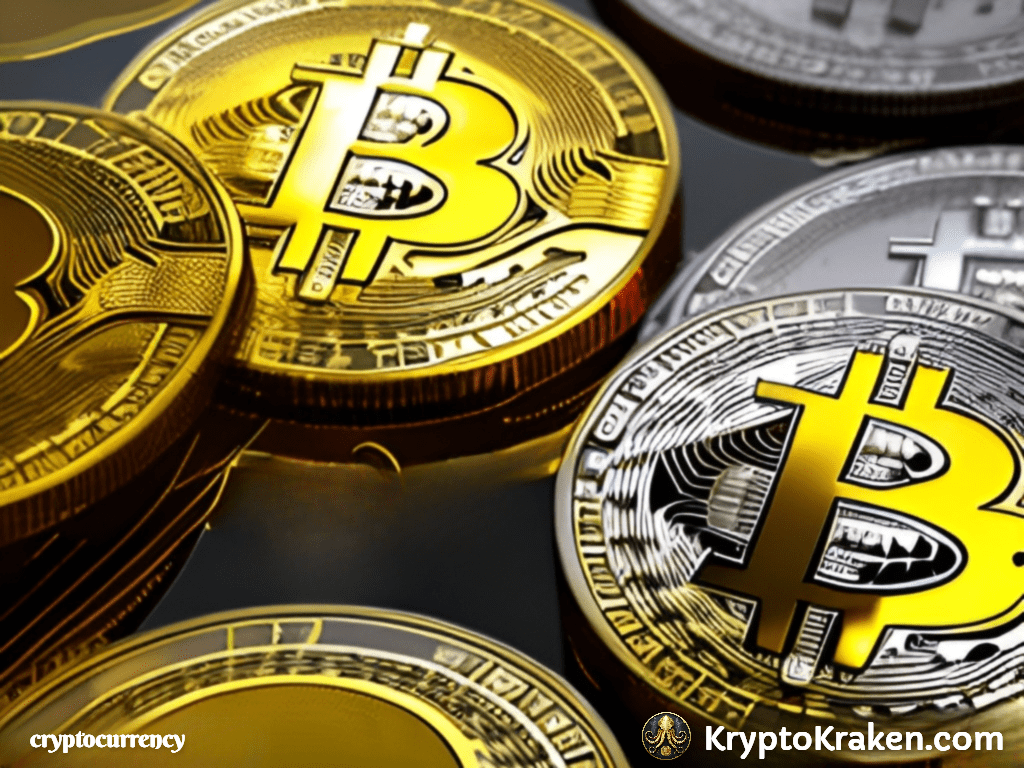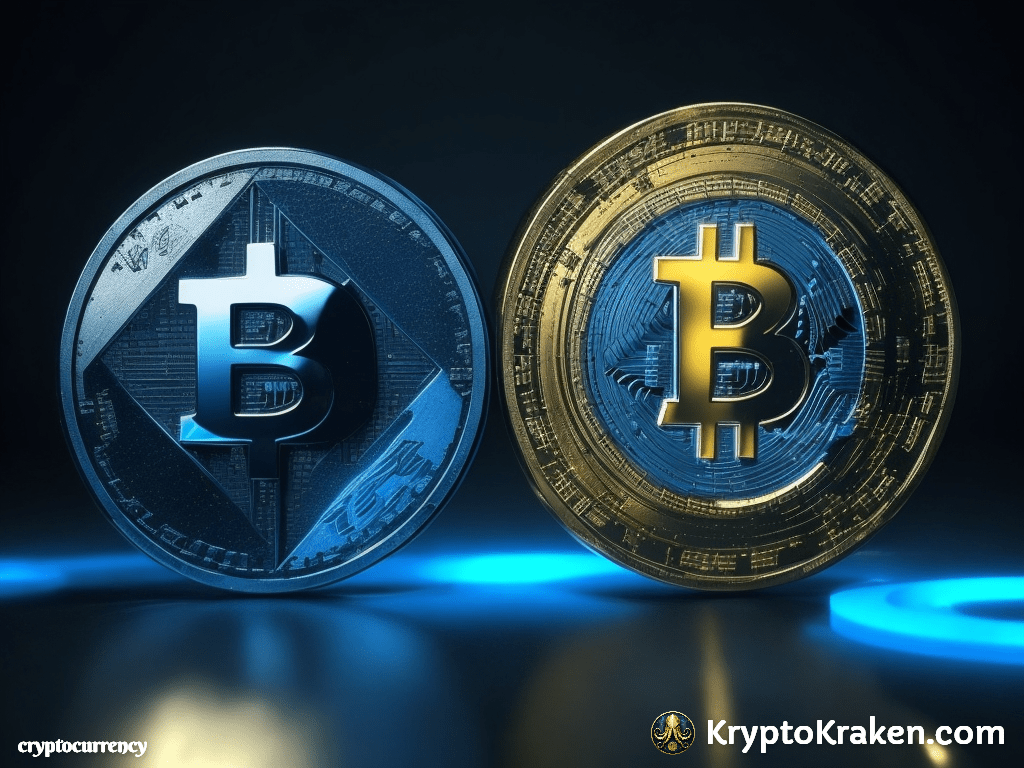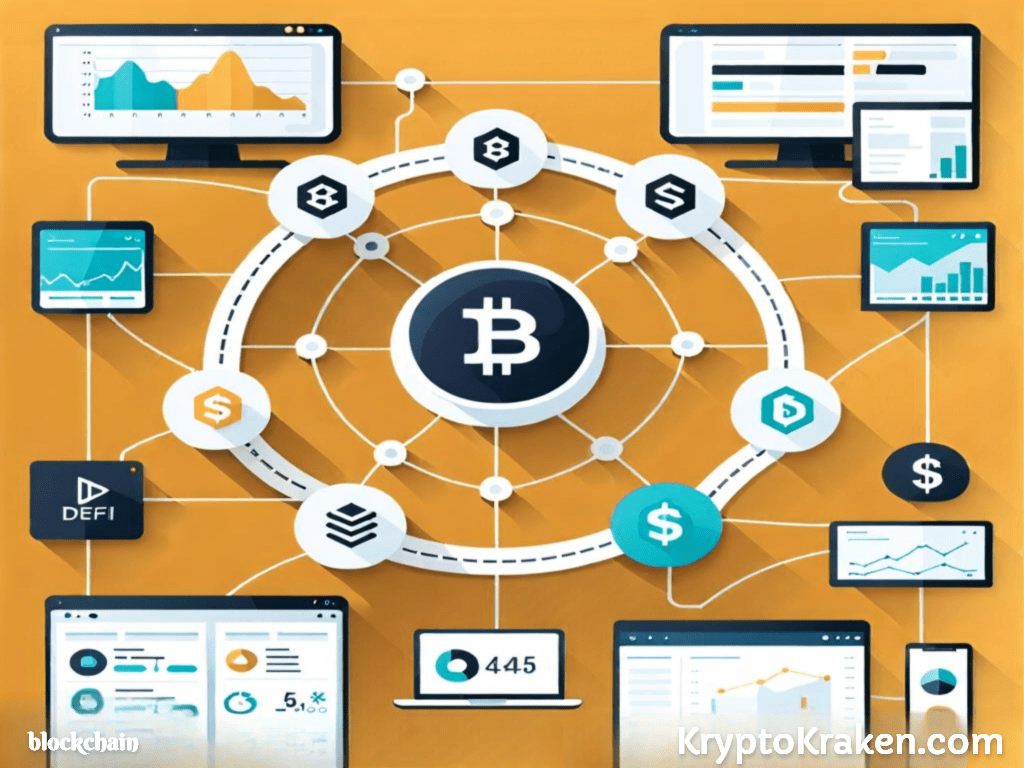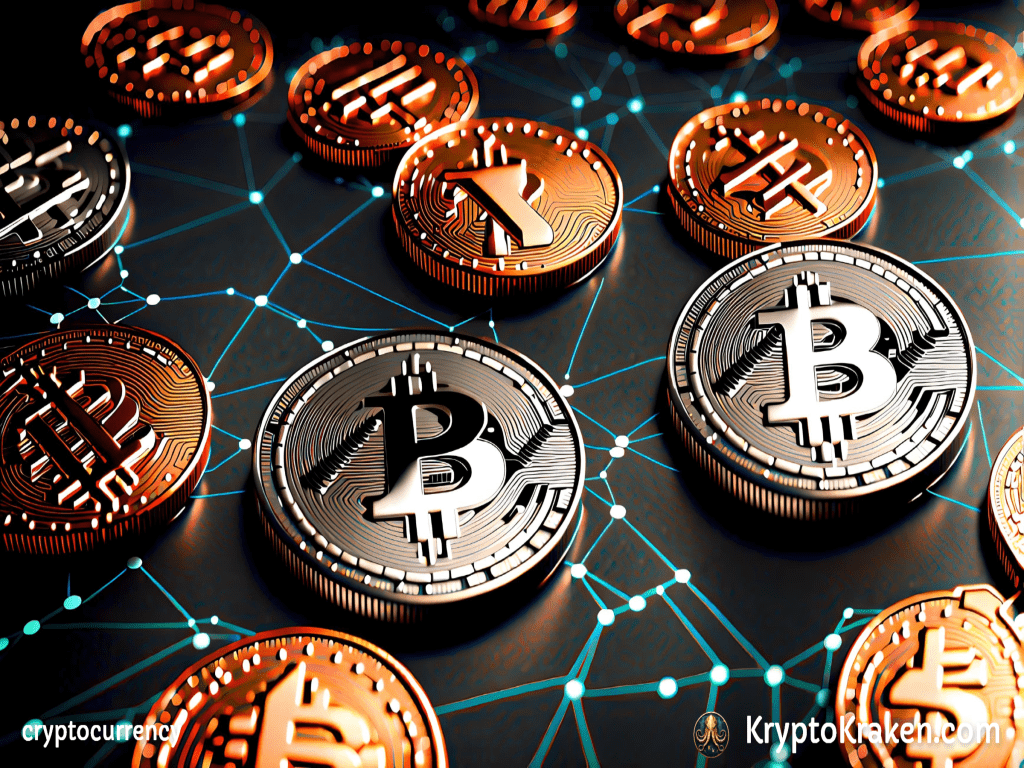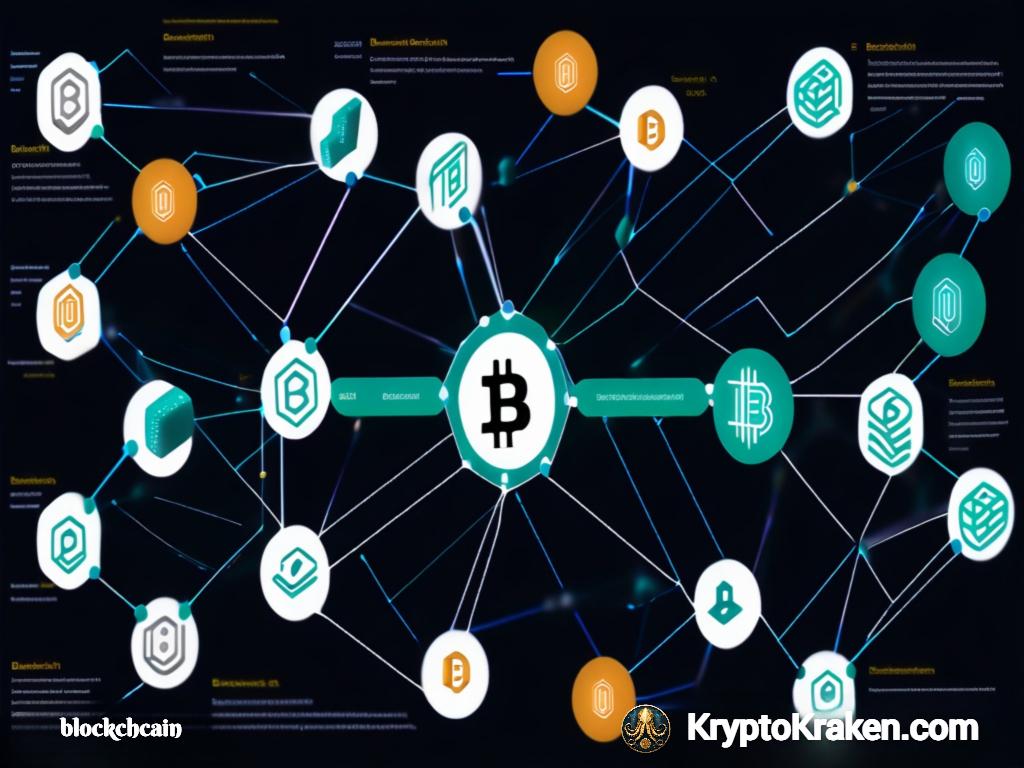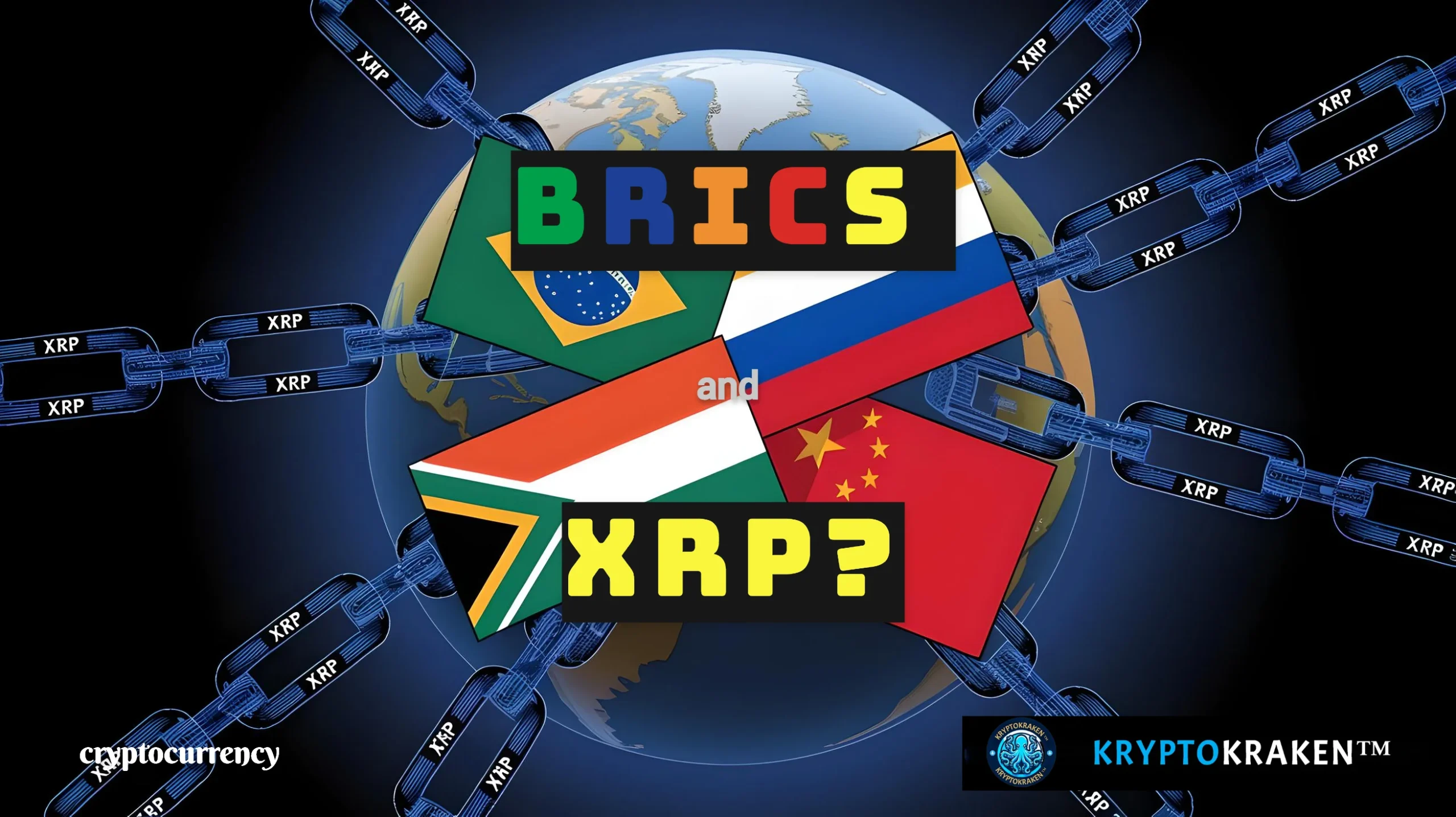
- September 23, 2024
- Carol Thomas
- 0
The world of finance is evolving at an astonishing pace, with innovative technologies reshaping traditional paradigms. Among these innovations, digital currencies have gained significant attention. One particular cryptocurrency, Ripple’s XRP, has surfaced as a prominent contender, especially in the context of the BRICS coalition—an alliance comprised of Brazil, Russia, India, China, and South Africa. This article seeks to explore the interplay between XRP and the BRICS nations, revealing how this collaboration can potentially redefine global finance.
Table of Contents
Understanding the Role of XRP in Global Finance
XRP was designed to facilitate quick, low-cost international transactions. Its unique consensus mechanism allows for high transaction speeds and minimal fees, distinguishing it from other cryptocurrencies that are often hampered by slow processes and hefty transaction costs. This technological advantage positions XRP as a valuable asset in global finance, particularly in cross-border transactions.
Moreover, the rise of digital currencies has prompted many nations to explore the adoption of blockchain technology in their financial systems. As central banks consider their digital currencies, XRP can serve as a bridge for interoperability. Through its extensive network of financial institutions, Ripple enables different currencies to be exchanged seamlessly, which is crucial for fostering international trade and investment.
In addition to its role in facilitating transactions, XRP is also gaining traction as a liquidity tool for financial institutions. Banks and payment providers can utilize XRP to source liquidity on demand, reducing the need for pre-funding accounts in destination currencies. This capability not only enhances cash flow management but also allows institutions to operate more efficiently in a global market where currency fluctuations can pose significant risks. By leveraging XRP, these entities can optimize their operations and reduce the costs associated with maintaining large amounts of foreign currency reserves.
The potential of XRP extends beyond just financial institutions; it also holds promise for remittance services. Traditional remittance channels often involve high fees and lengthy processing times, which can be a burden for individuals sending money across borders. With XRP, remittance providers can offer faster and cheaper services, making it easier for families and workers abroad to support their loved ones back home. This democratization of financial services could lead to increased financial inclusion, particularly in developing regions where access to banking is limited. As more people become aware of the benefits of using XRP for remittances, its adoption could significantly reshape the landscape of global money transfers.
The Formation and Goals of the BRICS Coalition
The BRICS coalition was formed with the primary goal of promoting economic growth and leveraging the collective strength of its members to influence global economic policies. Each country within this alliance brings unique strengths and challenges. For example, Brazil offers agricultural prowess, Russia contributes vast energy resources, India has a large workforce, China boasts manufacturing capabilities, and South Africa anchors the continent of Africa economically.

The coalition aims to provide a counterbalance to Western economic dominance by fostering trade partnerships among member nations. Beyond mere economic collaboration, BRICS emphasizes sustainable development, technological advancement, and financial inclusivity, aligning perfectly with the ethos behind Ripple’s mission of increasing accessibility to financial services.
In addition to these economic objectives, BRICS also seeks to enhance political cooperation among its members, recognizing that a united front can lead to more significant influence on the global stage. Regular summits and meetings allow leaders to discuss pressing issues ranging from climate change to security threats, fostering a sense of solidarity and shared purpose. This political dimension is crucial, as it enables BRICS to advocate for reforms in international institutions like the United Nations and the International Monetary Fund, pushing for a more equitable representation of emerging economies.
The coalition’s commitment to innovation is also noteworthy, as it aims to harness technology to drive growth and improve the quality of life for its citizens. Initiatives focusing on digital economy, renewable energy, and infrastructure development are at the forefront of BRICS discussions. By investing in these areas, member countries hope to not only boost their own economies but also create a framework for sustainable development that can serve as a model for other nations. This forward-thinking approach positions BRICS as a vital player in shaping the future of global economic and political landscapes.
How XRP Aligns with BRICS Economic Strategies
Ripple’s vision for speedy, affordable transactions dovetails well with the BRICS nations’ strategic objectives. For instance, by adopting XRP, these countries could enhance real-time payment systems, which is essential for boosting trade and investment flows among them. The potential to streamline transactions can significantly reduce costs associated with foreign trade, an appealing proposition for emerging markets that are often price sensitive.
Furthermore, as these nations continue to grapple with various economic challenges, the ability to conduct transactions without heavy reliance on Western banking systems can empower them to carve out their own financial identities. XRP presents a viable solution by enabling greater autonomy in international financial transactions.
Moreover, the integration of XRP into BRICS economies could facilitate smoother cross-border transactions, which are often hindered by lengthy processing times and high fees in traditional banking systems. By leveraging blockchain technology, XRP can provide a transparent and secure method for transferring value, which is particularly beneficial for countries looking to improve their trade relationships. This could lead to increased economic collaboration among BRICS nations, fostering a sense of unity and shared purpose in the face of global economic uncertainties.
Additionally, the adoption of XRP could serve as a catalyst for financial innovation within these countries. As they embrace digital currencies and blockchain technology, BRICS nations may find new avenues for economic growth and development. This shift could encourage local startups to explore fintech solutions, leading to job creation and enhanced technological capabilities. The ripple effect of adopting XRP could thus extend beyond mere transaction efficiency, potentially transforming the financial landscape of these emerging markets and positioning them as leaders in the digital economy.
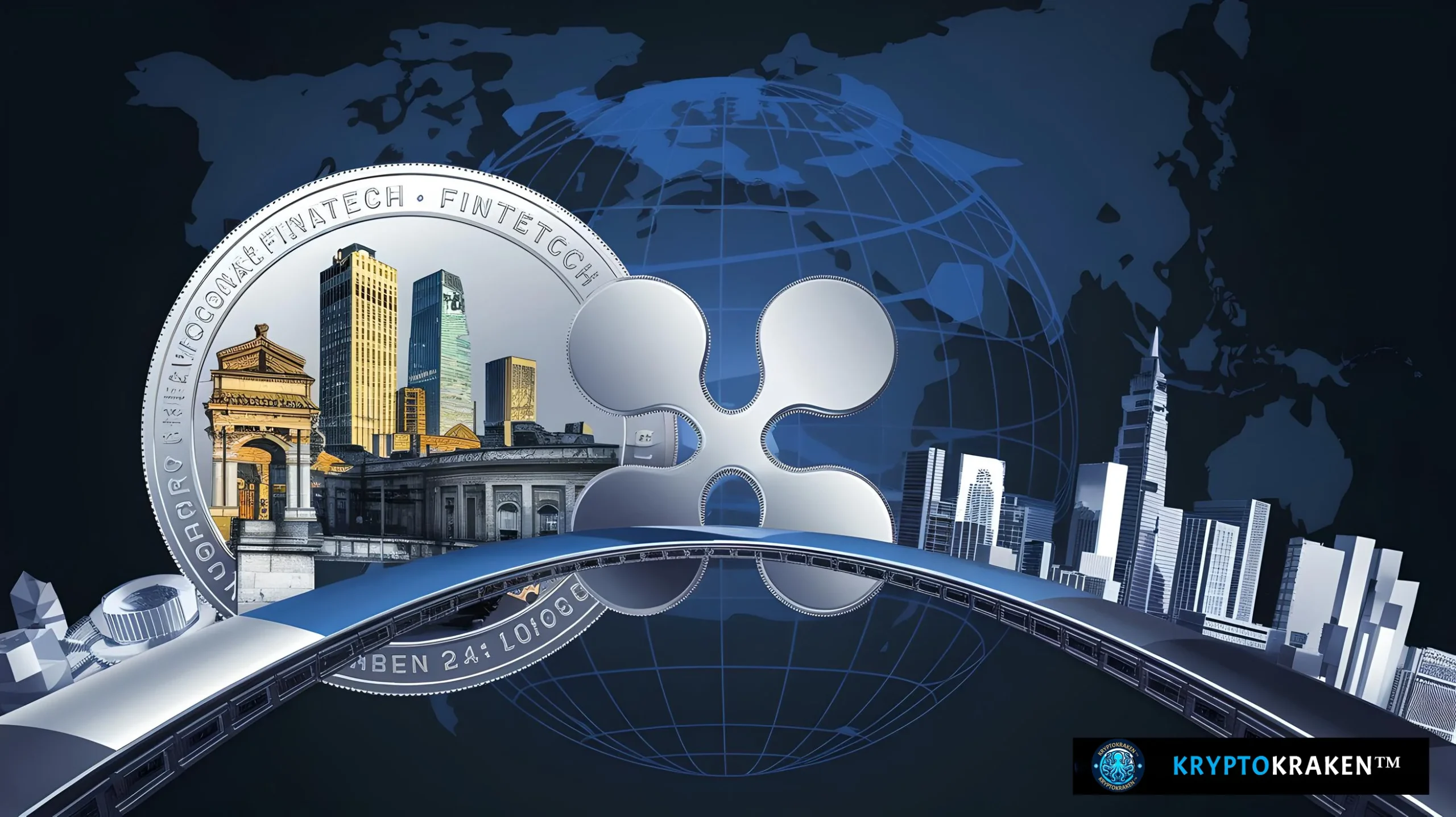
The Impact of XRP on Emerging Markets
The rise of XRP holds particular significance for emerging markets within the BRICS coalition. Traditional banking systems often marginalize these economies, leading to increased transaction costs and limited access to global markets. By utilizing XRP, countries can establish direct channels for trade, fostering economic growth and development.
Additionally, the use of XRP can enhance financial inclusion in these developing economies. With reduced fees and faster transaction times, smaller businesses can engage in international trade that may have previously been financially unfeasible. This democratization of finance promotes entrepreneurial endeavors and can lead to job creation, thereby stimulating local economies.
Moreover, the integration of XRP into the financial systems of emerging markets can significantly reduce the reliance on volatile local currencies. By facilitating transactions in a stable digital asset, businesses can hedge against inflation and currency devaluation, which are common challenges in these regions. This stability can encourage foreign investment, as investors often seek environments where currency risk is minimized. As a result, countries that adopt XRP may find themselves more attractive to international investors looking for opportunities in high-growth markets.
Furthermore, the technological infrastructure that supports XRP can also pave the way for broader digital transformation in these economies. As businesses and consumers begin to embrace blockchain technology, it can lead to enhanced transparency and security in financial transactions. This shift not only builds trust among participants but also encourages regulatory bodies to develop frameworks that support innovation. By fostering a tech-savvy environment, emerging markets can position themselves as leaders in the digital economy, attracting talent and resources that drive further advancements in various sectors.

Ripple’s Partnerships within the BRICS Nations
Ripple has made significant inroads in establishing partnerships with various financial institutions within BRICS countries. These collaborations aim to integrate XRP into national payment systems and enhance the efficiency of cross-border transactions. By partnering with banks and financial service providers, Ripple is laying the groundwork for a robust financial ecosystem that leverages the advantages of XRP.
These partnerships act as catalysts for broader acceptance of digital currencies, allowing stakeholders to witness firsthand the benefits of using XRP. As financial organizations embrace blockchain technology, the potential for transformative change within the economies of these nations becomes evident, further solidifying Ripple’s position as a pivotal player in the region.
In addition to enhancing transaction speeds and reducing costs, Ripple’s initiatives within BRICS nations also focus on financial inclusion. Many of these countries have significant unbanked populations, and by integrating XRP into their financial systems, Ripple provides an opportunity for individuals and small businesses to access financial services that were previously out of reach. This shift not only empowers local communities but also stimulates economic growth by enabling more participants to engage in the global economy.
Furthermore, Ripple’s partnerships are not limited to traditional financial institutions. The company is also collaborating with fintech startups and technology-driven firms within the BRICS nations to foster innovation and develop new financial products. These collaborations are crucial for adapting to the unique needs of each market, ensuring that the solutions provided are not only effective but also culturally relevant. As Ripple continues to expand its footprint in these emerging markets, the potential for a new wave of financial services tailored to local needs becomes increasingly promising.
Regulatory Challenges Facing XRP in BRICS Countries
Despite its promising prospects, XRP faces several regulatory challenges within BRICS nations. The rapidly evolving landscape of cryptocurrency regulation means that governments are still determining how to classify and govern these digital assets. Each BRICS member has its regulatory framework, and discrepancies can complicate integration.
For example, while China has historically taken a more stringent approach to blockchain technology and cryptocurrencies, other nations like Brazil and India are beginning to explore more inclusive regulations. The divergence in regulatory environments necessitates a careful approach by Ripple to navigate compliance and secure partnerships to further their goals in the region.
In addition to the varying regulatory stances, the socio-economic contexts of BRICS countries play a significant role in shaping their cryptocurrency policies. For instance, in India, the government has expressed concerns over consumer protection and the potential for financial instability, prompting discussions around a central bank digital currency (CBDC) as a more controlled alternative to decentralized assets like XRP. This cautious approach reflects the broader apprehension among BRICS nations regarding the implications of cryptocurrencies on their financial systems and economies.
Moreover, the geopolitical dynamics within the BRICS bloc can also influence regulatory decisions. As these countries seek to strengthen their economic ties and reduce reliance on Western financial systems, they may adopt more favorable policies towards cryptocurrencies that promote cross-border transactions and financial inclusion. However, this potential for collaboration is tempered by the need for each nation to safeguard its own economic interests, leading to a complex interplay of cooperation and competition that Ripple must navigate carefully to establish a foothold in these diverse markets.
The Future of Digital Currencies in BRICS Economies
The future of digital currencies in BRICS economies appears to be bright, driven by the collective aspirations of the coalition to innovate and advance economically. Many member countries are actively exploring or piloting central bank digital currencies (CBDCs), which could coexist with XRP and facilitate more efficient financial transactions.
The successful integration of XRP into these nascent digital currency frameworks could lead to enhanced transactional capabilities both domestically and internationally. Moreover, as a proven technology, Ripple’s solutions could serve to bolster the interoperability needed for effective global trade, marrying CBDCs with existing financial infrastructures.
As BRICS nations like Brazil, Russia, India, China, and South Africa push forward with their digital currency initiatives, the potential for economic transformation is immense. These countries are not only looking to modernize their financial systems but also to reduce reliance on traditional banking structures and foreign currencies. For instance, India’s exploration of a digital rupee aims to streamline government payments and enhance financial inclusion, particularly for its vast unbanked population. Similarly, Brazil’s Central Bank has been actively researching the digital real, which could simplify cross-border transactions and improve the efficiency of remittances.
Furthermore, the geopolitical implications of adopting digital currencies in BRICS economies cannot be overlooked. By developing their own digital currencies, these nations may seek to establish a more independent economic framework that diminishes the dominance of the US dollar in global trade. This shift could lead to a new era of financial sovereignty, allowing BRICS countries to engage in trade agreements and financial transactions with greater autonomy. The collaboration among these nations to create a unified digital currency strategy could also foster deeper economic ties, potentially reshaping the landscape of international finance and trade in the coming years.
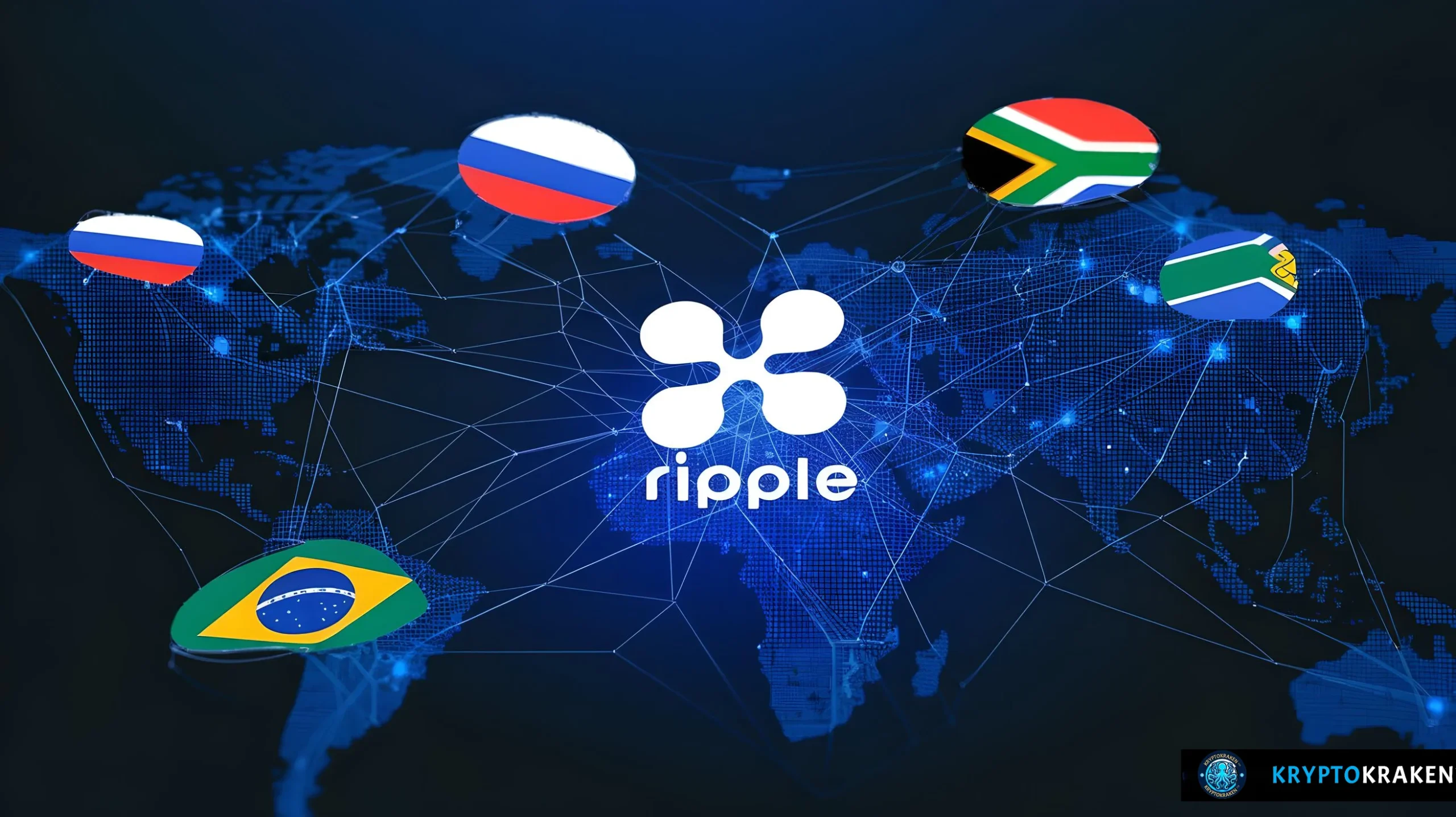
Comparing XRP with Other Cryptocurrencies in the BRICS Context
When considering the various cryptocurrencies available today, XRP stands out for its transaction speed, low costs, and partnerships with major financial institutions. In contrast, many cryptocurrencies, such as Bitcoin and Ethereum, face issues related to scalability, transaction fees, and energy consumption. Bitcoin, for instance, has been criticized for its slow transaction times, which can take anywhere from several minutes to hours during peak network congestion. Ethereum, while innovative with its smart contract capabilities, has also struggled with high gas fees that can deter smaller transactions and limit its usability in everyday commerce.
In the BRICS context, where efficiency and cost-effectiveness are paramount, XRP’s attributes align well with the economic needs of these emerging markets. While Bitcoin may have captured significant attention as a store of value, XRP’s functionality as a medium of exchange positions it as a more practical choice for cross-border trade and financial operations among BRICS countries. Furthermore, the growing interest in digital currencies among these nations highlights the potential for XRP to facilitate smoother transactions in a region that often grapples with currency volatility and banking inefficiencies. Countries like Brazil and South Africa are increasingly looking at blockchain technology to enhance their financial systems, and XRP could play a pivotal role in this transformation.
Moreover, the geopolitical landscape within BRICS nations encourages the exploration of alternative financial solutions that bypass traditional Western banking systems. As these countries seek to strengthen economic ties and reduce dependency on the US dollar, the adoption of cryptocurrencies like XRP could provide a viable pathway for enhancing trade relationships. The ability of XRP to settle transactions in seconds, coupled with its low transaction costs, makes it an attractive option for businesses looking to engage in international trade without incurring hefty fees or delays. This potential for increased economic collaboration among BRICS nations could further solidify XRP’s position as a key player in the evolving landscape of global finance.

The Potential for XRP to Enhance Trade among BRICS Members
XRP possesses the potential to revolutionize trade between BRICS nations by facilitating quicker and more cost-effective transactions. Imagine a Brazilian exporter conducting a deal with a Russian buyer. By utilizing XRP, they can complete the transaction seamlessly without the burden of high fees or prolonged processing times. This capability would promote confidence and increase trade volumes among member countries.
Beyond trade, the ease of using XRP could lead to increased foreign direct investment, as businesses will be more inclined to invest in countries where they can transfer capital efficiently. As trade barriers diminish, the potential for economic collaboration within the BRICS coalition grows exponentially, heralding a new era of cooperation.
Furthermore, the adoption of XRP could significantly enhance the liquidity of cross-border transactions. In traditional banking systems, delays often arise due to the need for currency conversion and the involvement of multiple intermediaries. However, with XRP’s ability to act as a bridge currency, transactions can be executed in real-time, allowing businesses to capitalize on market opportunities without the hindrance of waiting for funds to clear. This efficiency not only benefits exporters and importers but also encourages smaller enterprises to engage in international trade, leveling the playing field.
Additionally, the integration of XRP into the financial ecosystems of BRICS nations could foster innovation in payment systems and financial technologies. As countries explore the possibilities of blockchain and cryptocurrency, the collaboration among BRICS members could lead to the development of new financial products and services tailored to their unique markets. This technological advancement would not only streamline trade processes but also attract tech-savvy investors looking for opportunities in emerging markets, further solidifying the BRICS alliance as a formidable economic bloc on the global stage.
Analyzing the Geopolitical Implications of XRP’s Adoption by BRICS
The adoption of XRP by BRICS countries may have far-reaching geopolitical implications. As these nations strengthen their economic ties and embrace digital currencies, they position themselves as formidable players on the world stage. This shift can challenge the dominance of Western financial systems and may lead to a reconfiguration of global economic power dynamics.
Furthermore, as BRICS nations leverage XRP to facilitate trade and investment, they signal to the world that they are committed to a future that prioritizes inclusivity and technological advancement. The use of digital currencies like XRP not only enhances economic sovereignty but can also engender a sense of unity among member nations, fostering strategic partnerships based on shared interests.
Moreover, the integration of XRP into the BRICS framework could serve as a catalyst for increased financial innovation within these countries. By adopting a digital currency that allows for faster and cheaper cross-border transactions, BRICS nations can enhance their trade efficiency, which is particularly crucial for emerging economies that often face barriers in traditional banking systems. This technological leap could attract foreign investment, as investors seek to capitalize on the streamlined processes and reduced transaction costs associated with XRP.
In addition, the geopolitical landscape may witness a shift in alliances as BRICS countries collaborate more closely on financial matters. The collective use of XRP could encourage other nations to reconsider their reliance on Western currencies, potentially leading to a more multipolar world where power is distributed among various economic blocs. This evolution may also provoke responses from established financial powers, prompting them to adapt and innovate in order to maintain their influence in a rapidly changing global economy.
In conclusion, Ripple’s XRP has the potential to be a transformative force within the BRICS coalition. As these nations navigate the complexities of globalization, shifting financial landscapes, and regulatory challenges, XRP offers a practical solution that aligns with their strategic goals. The collaboration between XRP and BRICS paves the way for new opportunities in trade and finance, ultimately empowering emerging markets and reshaping the financial landscape of the future.
Stay Connected:
Website: KryptoKraken.com
YouTube: My KryptoKraken
Facebook: My KryptoKraken
This article was written by Carol Thomas, a KryptoKraken co-contributor and author. It is not financial advice. Always do your own research before investing. This article was written with the help of an AI co-pilot.






